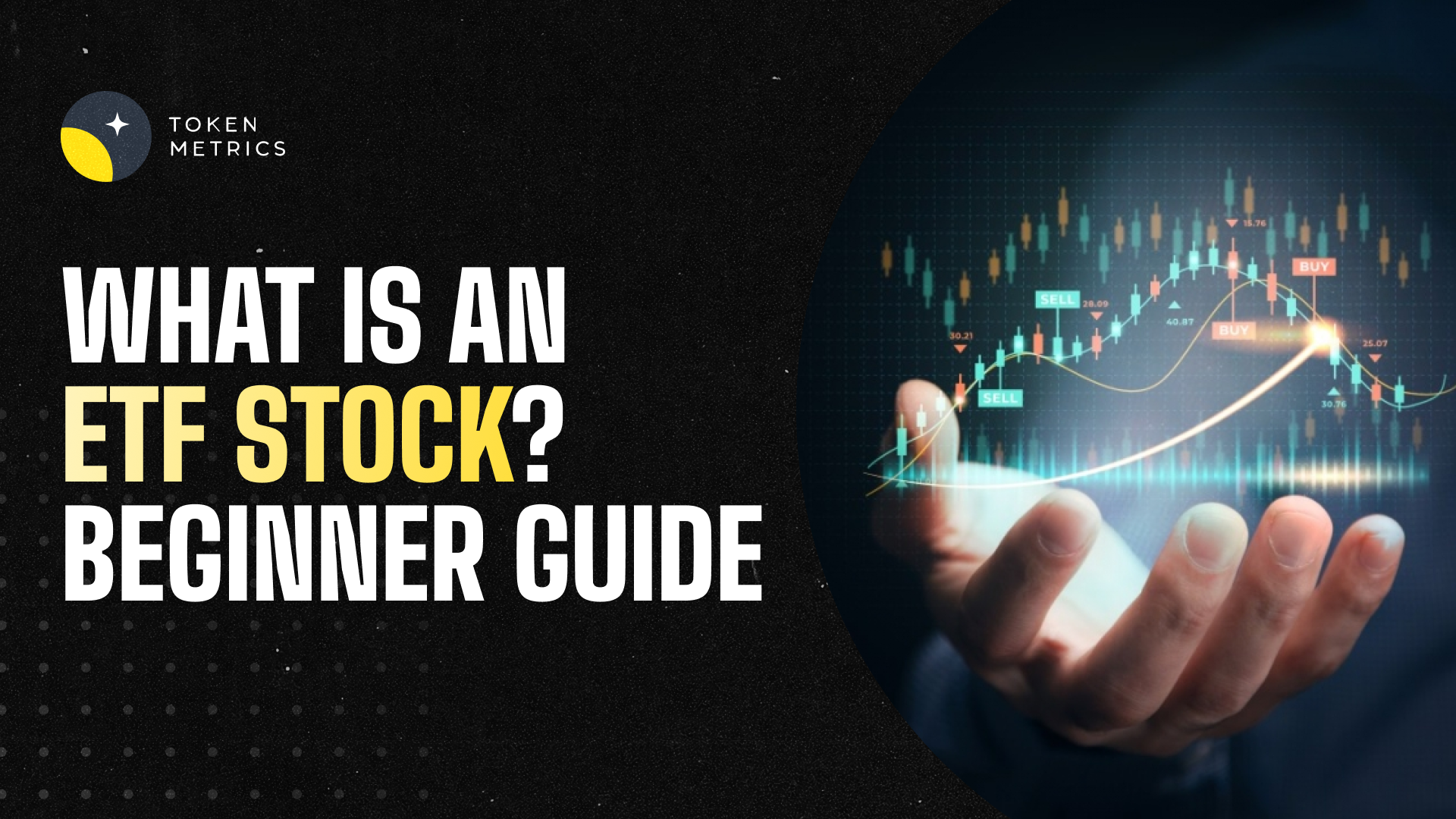
Andrena and the Rise of DePIN: Decentralized Internet in 2025

Introduction:
Decentralized Physical Infrastructure Networks (DePINs) are rapidly emerging as one of the most transformative sectors in the blockchain space. In 2025, projects like Andrena are pushing the boundaries of what’s possible by bridging real-world hardware with decentralized protocols. This blog takes a closer look at the DePIN thesis, Andrena’s approach, and why this project is on the radar of top investors and analysts.
What Is DePIN?
DePIN stands for Decentralized Physical Infrastructure Networks. It refers to blockchain-powered networks that coordinate real-world infrastructure using token-based incentives. Use cases include:
- Wireless internet (e.g., Helium)
- Sensor networks (e.g., WeatherXM)
- Storage and compute (e.g., Filecoin, Akash, Arweave)
- Energy grids (e.g., PowerPod)
In short, DePINs decentralize infrastructure deployment and management using blockchain-based coordination tools.
Why DePIN Matters in 2025
- Infrastructure Gaps: Billions remain unconnected to the internet or lack access to basic digital services. DePINs offer a way to close these gaps without reliance on centralized telecoms.
- Token Incentives for Network Participation: Hardware operators are rewarded for contributing bandwidth, compute, or coverage—creating a new economic model.
- Real-World Utility: Unlike speculative tokens, DePIN projects often provide visible, tangible value from day one.
Introducing Andrena: The Helium of the Internet?
Andrena is a DePIN project building a decentralized internet backbone through a combination of physical devices and blockchain protocols. The project is developing a hardware device called Black Box, expected to launch in July.
Key features:
- Distributed, peer-to-peer wireless coverage
- Web3 native incentives for node operators
- No reliance on centralized ISPs
- Tentative deployments in New York City, Mexico City, and Accra
- Deep integration with Helium Network and its infrastructure
Andrena aims to give individuals and communities the power to run their own internet access points and be compensated in a decentralized system.
Why It’s Generating Buzz
Token Metrics researchers flagged Andrena as a top pick for long-term infrastructure exposure. Here's why:
- Backed by Top VCs: In its upcoming Series B, Andrena is reportedly raising funds from major firms including Polychain Capital, Archetype, Wintermute, and Coinbase Ventures.
- Mass Market Vision: The goal is not just to serve crypto-native users, but also everyday consumers who simply want affordable, decentralized internet access.
- Multi-layered Integration: Andrena will offer both physical routers and a browser extension, enabling different levels of participation.
Strategic Partnerships and Rollout
The project is currently in soft-launch mode with localized pilots and is pursuing exchange listings later this year. While details remain limited, the focus is on building a global decentralized ISP layer—a radical shift from the existing internet access model.
Why Andrena Could Succeed Where Others Struggled
Previous attempts at decentralized internet often failed due to:
- Poor hardware UX
- Limited adoption outside of crypto users
- Unclear monetization models
Andrena appears to be addressing these pain points with:
- Consumer-grade devices
- Partner integrations (e.g., Helium)
- Clear token utility tied to network usage and coverage
- A well-capitalized, experienced founding team
Risks and Unknowns
As with all early-stage infrastructure projects, there are risks:
- Uncertain regulatory frameworks around ISPs
- Capital intensity of hardware production and distribution
- Network growth dependent on physical deployment
- Limited token utility details at this stage
Investors and builders should stay informed as more information becomes public.
How Token Metrics Is Tracking DePIN Growth
The Token Metrics platform is actively monitoring the DePIN space through metrics such as:
- TVL (Total Value Locked) in related ecosystems
- Developer activity and GitHub velocity
- On-chain signal strength and token accumulation
- Fundamental and technical ratings
Projects like Andrena and its ecosystem partners are closely watched for early indicators of momentum.
Final Thoughts
DePIN is one of the most compelling frontiers in crypto. It offers real-world, real-time applications that go far beyond speculation. Andrena is at the center of this movement, blending telecom hardware, Web3 incentives, and global deployment.
While it's still early, the signs are promising. From reputable backers to ambitious global plans, Andrena is a project worth watching in 2025 and beyond.

.svg)

Create Your Free Token Metrics Account

.png)




%201.svg)
%201.svg)


%201.svg)









.png)







.svg)




.png)